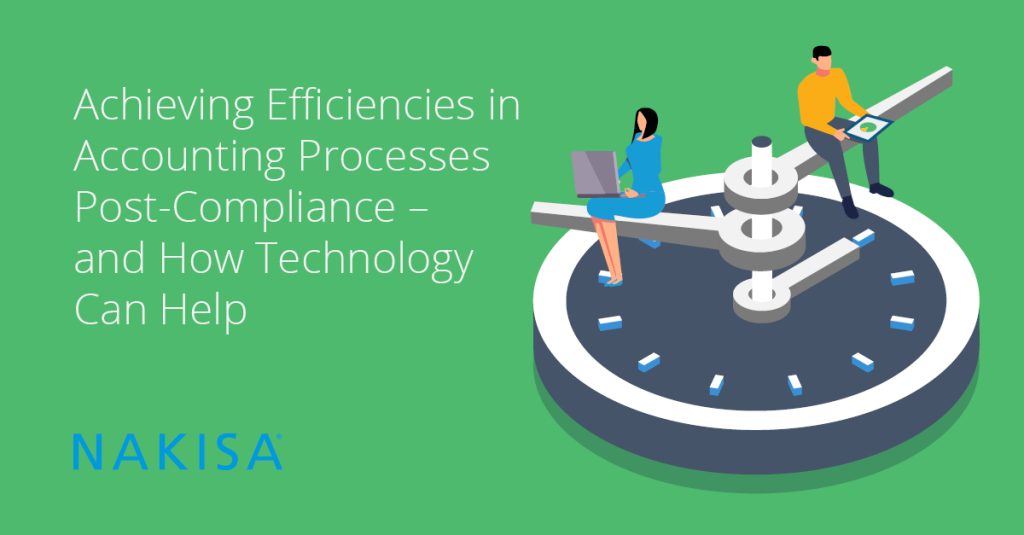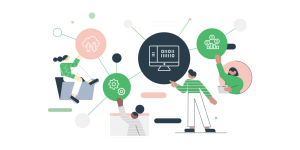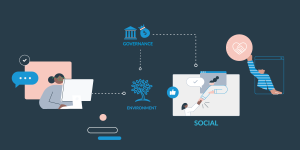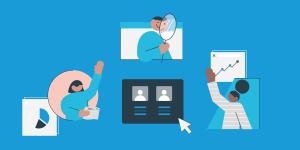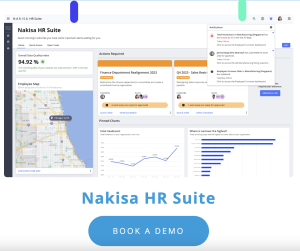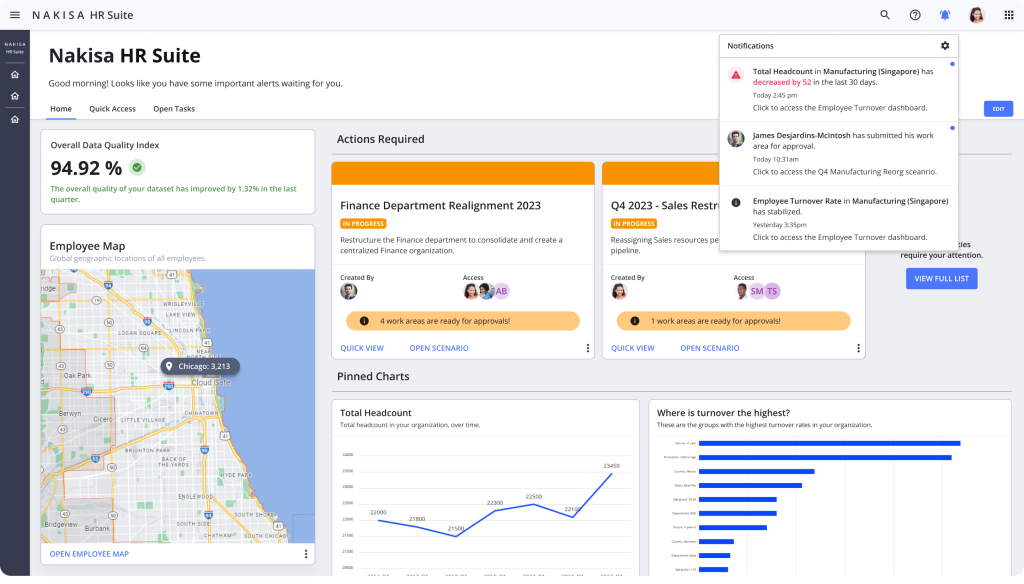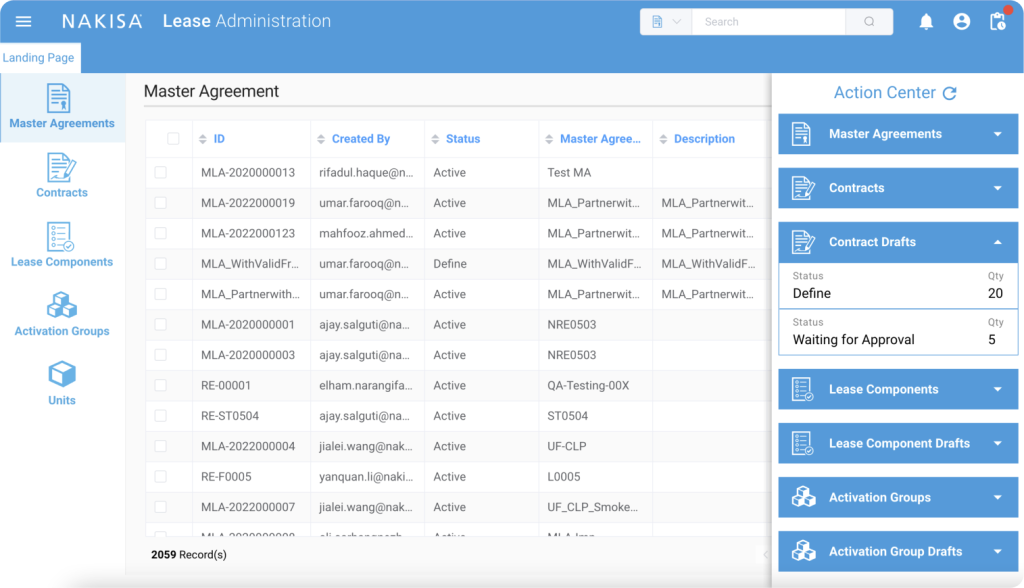The writer and philosopher Ralph Waldo Emerson is remembered for saying about life, “It’s not the destination, it’s the journey” that’s important.
When it comes to the new lease accounting standards IFRS 16 and ASC 842, organizations may feel like achieving compliance by their deadline is an accomplishment in and of itself. And it is!
But initial compliance is not the end of the lease accounting road, not by a long shot.
Instead, it’s the beginning of a journey towards a reliable compliance process. One that increases efficiencies in how organizations monitor, record, and report their lease accounting activities.
Luckily, you’re not alone on this journey. Many companies are in the same boat of trying to establish a time and cost-effective way to report on their lease accounting activities.
Emerging technologies can help in streamlining labor and time-intensive processes and reducing the time spent on financial reporting for lease compliance.
As you celebrate meeting your compliance goals, here are a few ideas for how technology can help you achieve efficiencies in your accounting processes moving forward.
Streamline Your Lease Accounting Operations and Reporting
Your journey to compliance with the new standards may not have been pretty, but it got the job done.
But now that the compliance rush is over, it’s a good time to consider how you can streamline future lease accounting processes.
Did you use a bulky system of spreadsheets or a legacy real-estate system to meet compliance needs? Did you find that process overly complex and time-consuming?
Purpose-built lease accounting software is designed to save time and money by gathering and analyzing data for you, thereby reducing the headache that comes along with a more manual approach.
Lease accounting software can be particularly helpful in the reporting process. The new guidelines put forth by the Financial Accounting Standards Board and the International Accounting Standards Board require a higher level of reporting rigor and complexity. Nakisa Lease Administration can help teams easily manage change events like terminations or asset casualties and ensure that they are properly reported on balance sheets.
Centralize Your Data and Enhance Collaboration
The new lease accounting guidelines require a high level of collaboration between accounting, finance, IT, and other key teams in your organization.
With team members scattered across different physical offices and data stored in various filing systems—both physical and virtual-- this level of collaboration may be a challenge for many organizations.
While many companies made great strides in centralizing data in order to reach compliance by the effective date, most still have a lot of work left to do.
Once again, this is where lease accounting software can play a huge role.
By consolidating data into one centralized system, you avoid the pitfalls on tracking data through manual systems. Reduce the risk of human error by allowing software to do the hard part for you. With all your data in one place, you can reduce labor costs, increase collaboration capabilities and ensure more reliable data can be shared and reported between teams.
Integrate Your Lease Accounting Solution with Existing Technology
If you’ve already adopted a quality lease accounting system, you may have elected to establish a standalone setup that’s not connected to other organizational technology in order to ensure you met compliance deadlines.
Now is the time to undertake the work of integrating your lease accounting system with your current ERP.
If you haven’t already adopted a lease accounting solution, make sure you consider how any systems you adopt will work with your current ERP setup.
Like it or not, meeting your compliance goals for IFRS 16 and ASC 842 was just the first step in a longer journey to more efficient, streamlined, and centralized lease accounting processes. Are you prepared to take the next step? Lease accounting technology can help lead the way.
